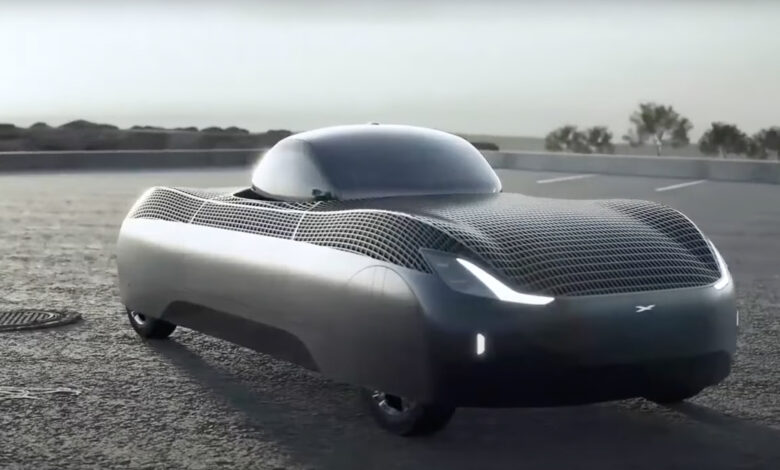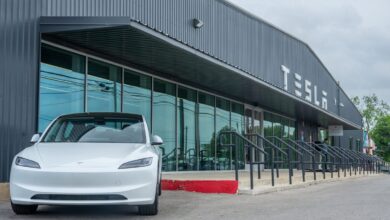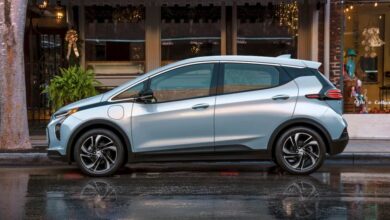Creators of world’s first fully-electric flying car reveal ground range and shocking price tag as production date nears

AS production draws closer, the creators of the world’s first fully-electric flying car revealed details on the vehicle’s ground range and a jaw-dropping price tag.
The inventors behind the flying Alef Model A are hoping the car will reshape the future of transportation.
Alef has produced a handful of prototypes for the Model A flying EV, according to Top Speed.
The company recently received the green light from the FAA to produce the flying vehicles.
The regulatory approval is a huge step forward for the company.
Since the approval, more numbers have come out on the specs of the potential flying car.
Read More on Concept Cars
The company announced that it is looking to start production of the vehicle in 2025, the site said.
However, the company has not secured a manufacturing plant for the vehicles.
Alef said the vehicle should carry a sticker price around $300,000, making it cheaper than some Ferrari and Lamborghini models.
The company also said the car is expected to have around 220 miles of pure electric range on the ground.
The car will also travel 110 miles in the air on a full battery.
Engineers started working on the electric flying model in 2016, according to Top Speed.
Alef’s first flights were in 2019.
The company took models of the car on automated flights while attempting to snag cash from hopeful investors.
Alef made its public debut in 2023 at the Detroit Auto Show.
The Model A is named after a similar moniker to the initial Ford Model T vehicles.
Electric vehicles vs gas
Pros and cons of EVs vs gasoline-powered vehicles
EV PROS:
- Convenient (when charging at home)
- Cheaper (depending on state or city)
- Cheaper maintenance, due to lack of mechanical parts
- Great for commuting
- Reduced CO2 emissions
- Federal and state tax incentives
- More performance (speed, handling – depending on the make and model)
EV CONS:
- Higher initial cost
- Higher insurance rates
- More frequent tire and brake replacement intervals
- Higher curb weight (thus causing more rapid wear on crucial parts)
- Low resale value
- High depreciation rates
- Lack of charging infrastructure
- Unreliable public charging (related: slow charging times)
- Poor winter and summer performance
- Lack of clean energy alternatives means more “dirty energy” from coal and nuclear sources
- Range anxiety
GAS PROS:
- Highly developed refueling infrastructure
- Fast refueling
- Cheaper insurance rates, depending on make, model, and configuration
- Established repair industry
- Lower initial cost
- Higher range before refueling, especially with hybrids
- Many manufacturers produce nearly emission-less engines
- Cheaper refueling, depending on the location
GAS PROS:
- Finite resource (related: heavy dependence on petroleum)
- Carbon emissions/greenhouse gases
- Higher repair costs
- Higher insurance rates, depending on make, model, and configuration
- Varying costs at the pump, depending on state, city, and county
Source: Car & Driver, Perch Energy, AutoWeek
Occupants will sit inside a bulbous container in the middle of the car.
The vehicle can ascend perpendicular to the ground, just like a helicopter.
Propeller blades can lift the vehicle into the air and sit inside a mesh-looking exterior body.
A silver metal skeleton encircles the vehicle’s shell.



